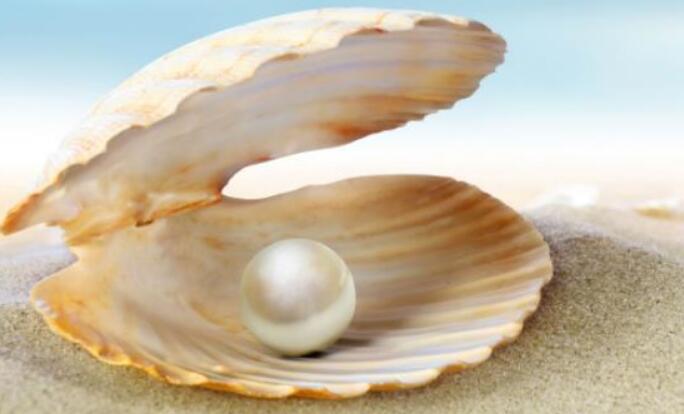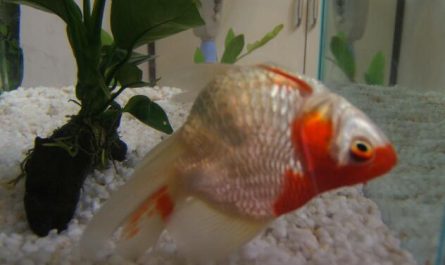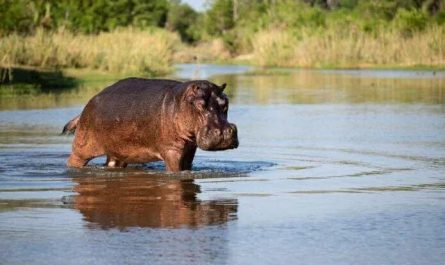The reason why pearls grow in the shells of shellfish
Nacreous final shape, pearl-shaped pearl nucleus, another kind of mantle epidermal cell tissue disease or injury, etc. The original part is separated from the original site and enters the connective tissue. When it opens its shell to search for food, if sand and other foreign objects are embedded, it will secrete a kind of tissue fluid called pearl (calcium carbonate) when it is stimulated (just like a person’s eyes fly into the sand), which wraps up the foreign body, the tissue fluid The epidermal cells gradually multiply into a solid pearl sac. The pearl sac gradually enlarges under adequate nutrition, and over time, it condenses into one or several crystal pearls.
If you have visited the artificial pearl breeding farm, you will be surprised to find that the pearls cultivated in the clams and mussels here are brightly colored, and the bulging “round belly” is bright and can be used to make jewelry for mothers and wipe them. Medicine.
There are so many uses for pearls! It must be that the bigger the clams and mussels, the bigger the pearls inside. Then you are wrong. In the shells of clams and mussels, some parasites or grains of sand may accidentally enter, and in the innermost layer of each pearl oyster or mussel, there is a shiny mantle called “nacre”. It is this great layer of nacre that continuously secretes nacre, enveloping the invading sand and parasites layer by layer. Over time, the nacre that envelops the sand or parasites becomes a magic trick. Grain of pearls. For shellfish, it is an act of defending one’s body; for humans, it is an unexpected gift from nature.
The shape and structure of shellfish
Shellfish’s body is soft, symmetrical, and has no sections. It consists of five parts: head, axe foot, visceral sac, mantle and shell. The head has sensory organs such as mouth, eyes and antennae. The axe foot is on the ventral surface of the body and is composed of strong muscles. It is an organ for crawling, digging sand or swimming. The visceral sac is located on the back of the body and includes internal organs such as the heart, kidneys, stomach, intestines, digestive glands and gonads. The mantle membrane covers the outside of the body and is composed of the inner and outer layers of the epidermis, the connective tissue between them, and a few muscles. The epidermal cells of the mantle secrete shells, and both the mantle and shells are protective organs of shellfish.
The nervous system of shellfish is composed of four pairs of ganglia, brain, foot, side, and viscera, and the nerves that communicate with them. The cranial ganglion is located on the dorsal side of the esophagus and sends nerves to the head and front of the body; the foot ganglion is located on the front of the foot and sends nerves to the foot; the lateral ganglia is located on the front of the body and sends nerves to the coat and gills; The ganglion is located at the back of the body and sends nerves to the internal organs. The primitive type of shellfish has a simple nervous system, without significant ganglia. The more evolved types form ganglia, and the more evolved types have ganglia concentrated in the head to form a “brain”. The sensory organs mainly include antennae, eyes, balance sacs, and sniffers.
The digestive system includes the mouth, tooth tongue esophagus, gastrointestinal tract, anus, and accessory digestive glands. Among them, tooth tongue is a special organ for shellfish to eat and grind food, and it is one of the important basis for classification.
Shellfish breathe by gills and lungs. The aquatic species have gills, which are usually formed by stretching the skin on the inner surface of the mantle. Each gill piece has gill filaments on both sides or one side of the gill shaft, and cilia grow on the gills. According to the movement of the cilia, the breathing water flows through the gills in a certain line for gas exchange. In some species, the original gills disappear, and the skin surface or secondary gills (posterior gills) are formed on the skin surface to breathe. A part of the mantle of the terrestrial species forms a densely veined pulmonary chamber for breathing in the air.
The circulatory system is generally open-tube type, but in higher cephalopod arterial tubes and venous tubes are connected by capillaries to become closed tubes. The center of the circulatory system of shellfish is the heart. The heart has 1 ventricle and 1, 2 or 4 auricles. The blood contains hemocyanin and is generally colorless. Only a few species such as bivalve cockles and gastropod snails have heme, and the blood is red.
The main organ of the excretory system is the kidney. The kidney is formed by a ciliated renal tube, one end communicates with the surrounding heart cavity, and the other end opens in the outer sleeve cavity. The number of kidneys varies by type, and there are 6 pairs, 2 pairs, 1 pair or only 1 pair. In addition to the kidneys, some types of glands surrounding the wall of the heart cavity or part of the liver also have excretory functions.
The reproductive system includes the gonads, reproductive ducts, cross-connectors and some accessory glands. Hermaphrodite or hermaphrodite.
Basic introduction to shellfish
Shellfish, namely mollusk. It is an animal with three germ layers, symmetrical on both sides, and a true body cavity. The true body cavity of mollusks is formed by the cleft cavity method, which is the body cavity formed by the mesoderm. But the true body cavity of mollusks is underdeveloped and only exists in the pericardial cavity and gonad cavity. Molluscs vary greatly in morphology, but in structure they can be divided into four parts: head, feet, visceral sac and mantle. The head is located at the front of the body, the feet are located behind the head and on the ventral surface of the body. It is a muscular locomotor organ protruding from the body wall. The visceral sac is located on the back of the body. It is an internal organ surrounded by a soft body wall. The mantle is One or a pair of membranes formed by the body wall extending and drooping on the back of the body, the cavity between the mantle and the visceral sac is the mantle cavity. Calcium carbonate is secreted from the mantle to the body surface, forming one or two shells to surround the whole body. A few kinds of shells are surrounded by the body wall or the shells disappear completely.
These basic structures have great changes and differences in different classes. Mollusks have a complete digestive tract, respiratory and circulatory systems, and metanephridium, which is more evolved than the original kidney. There are many kinds of molluscs and they are widely distributed. There are more than 110,000 species and 35,000 fossil species in existence, making it the second largest category in the animal kingdom after arthropods. In particular, some mollusks use “lungs” to breathe, and their bodies have the ability to regulate water, so that molluscs and arthropods constitute the only terrestrial invertebrates suitable for living on the ground.






